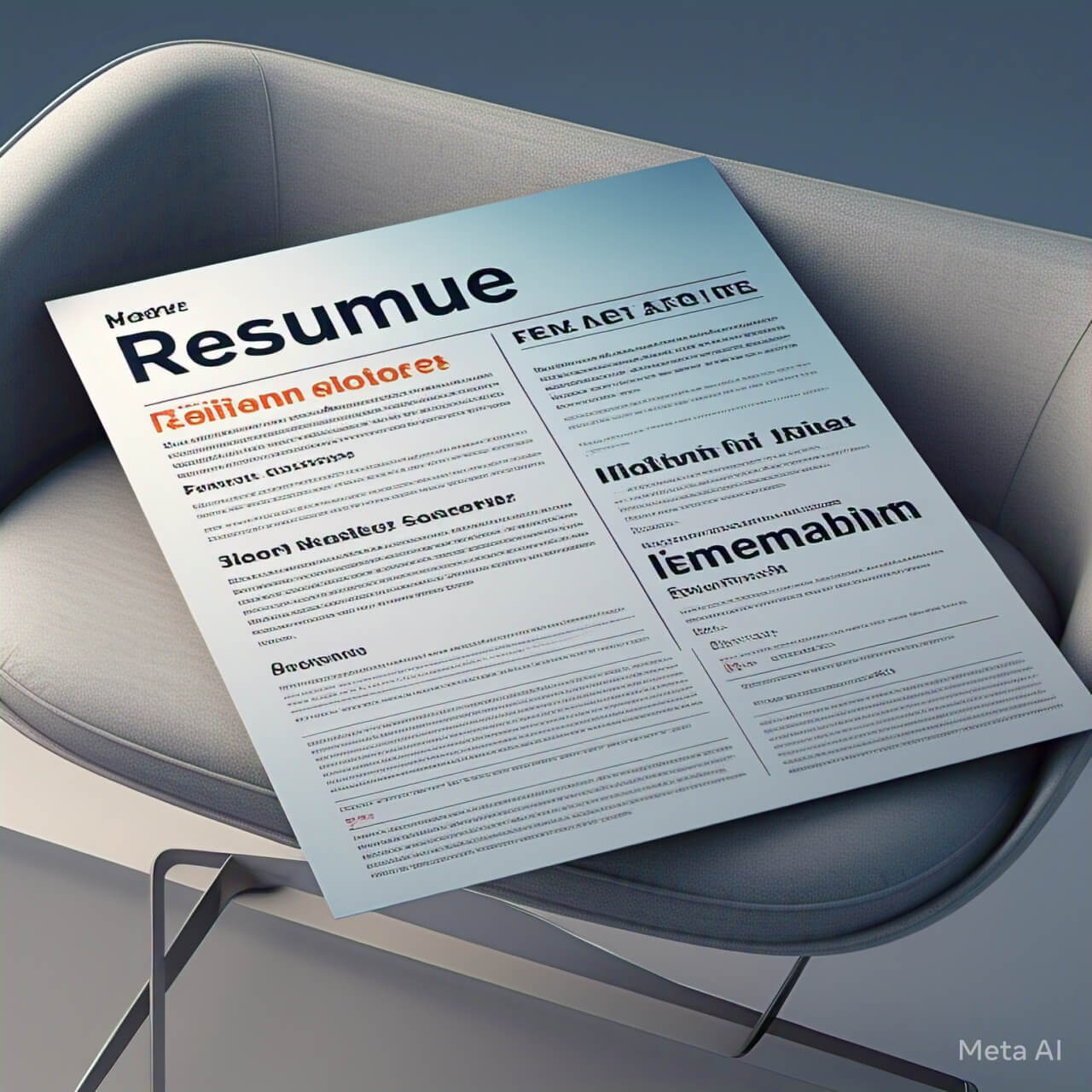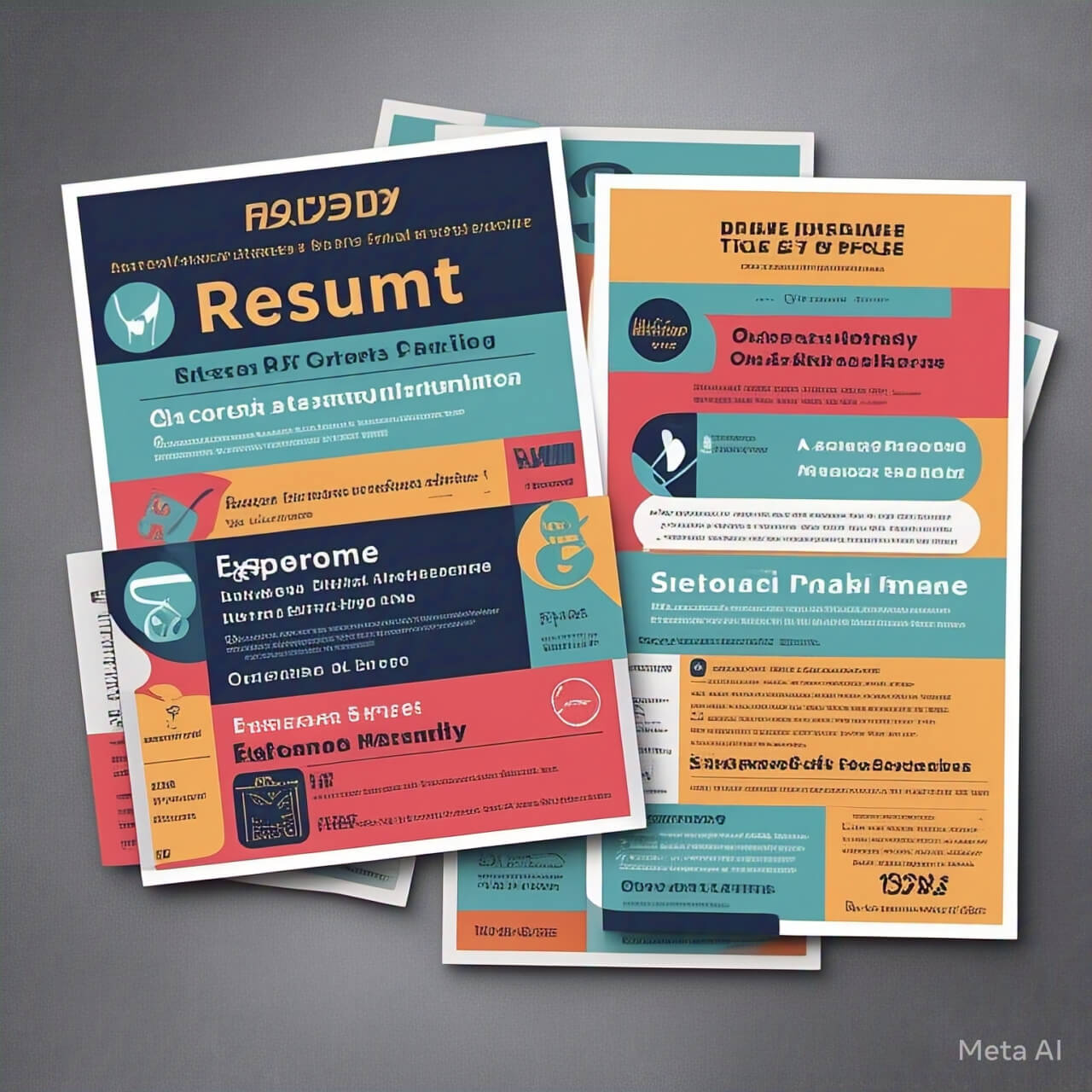In today’s competitive job market, having a resume that stands out is crucial. A resume is your first impression on a potential employer, and it needs to showcase your skills, experience, and personality in a clear and professional way. Many job seekers struggle with creating a resume that grabs attention, but with the right approach, you can make yours shine. Start by understanding what employers are looking for: a clean layout, relevant experience, and a focus on achievements rather than just duties.
Tailor your resume for each job application, highlighting the skills and qualifications that match the job description. Use action words like “managed,” “created,” or “improved” to make your accomplishments stand out. Keep it concise—ideally, one page for less experienced candidates and two pages for those with more experience. Proofread carefully to avoid errors, and consider using a professional template to ensure a polished look. By following these steps, you can create a resume that not only stands out but also increases your chances of landing an interview.

10 Tips to Write a Resume That Stands Out
- Tailor your resume for each job.
- Use a clean and professional layout.
- Highlight your achievements, not just duties.
- Keep it concise—one to two pages.
- Use strong action words.
- Include relevant keywords from the job description.
- Add a strong summary or objective statement.
- Proofread for spelling and grammar errors.
- Use bullet points for easy readability.
- Include measurable results (e.g., “Increased sales by 20%”).
1. Tailor Your Resume for Each Job
Customizing your resume for each job application is essential. Employers can easily spot a generic resume. Study the job description carefully and match your skills and experiences to the requirements. For example, if the job emphasizes teamwork, highlight your collaborative projects. This shows employers you’ve put effort into understanding their needs.
2. Use a Clean and Professional Layout
A cluttered resume can be hard to read. Use a simple, professional layout with clear headings and consistent formatting. Avoid fancy fonts or colors. A clean design makes it easier for hiring managers to find the information they need quickly.
3. Highlight Achievements, Not Just Duties
Instead of listing your job responsibilities, focus on what you accomplished. For example, instead of saying, “Managed a team,” say, “Led a team of 10 and increased productivity by 15%.” This shows the impact you made in your previous roles.
4. Keep It Concise
A resume should be brief and to the point. For most candidates, one page is enough. If you have more experience, limit it to two pages. Avoid including irrelevant details that don’t add value to your application.
5. Use Strong Action Words
Action words like “developed,” “implemented,” or “optimized” make your resume more dynamic. They show you’re proactive and results-oriented. For example, “Developed a new marketing strategy that increased engagement by 25%.”
6. Include Relevant Keywords
Many companies use software to scan resumes for keywords. Use terms from the job description, such as “project management” or “data analysis,” to ensure your resume gets noticed.
7. Add a Strong Summary or Objective Statement
A summary or objective statement at the top of your resume gives employers a quick overview of your qualifications. Keep it short and focused, highlighting your key skills and career goals.
8. Proofread for Errors
Spelling or grammar mistakes can make you look unprofessional. Always proofread your resume carefully, and consider asking a friend or mentor to review it as well.
9. Use Bullet Points for Readability
Bullet points make your resume easier to scan. Use them to list your achievements and responsibilities, keeping each point concise and relevant.
10. Include Measurable Results
Quantify your achievements whenever possible. For example, “Reduced costs by 10%” or “Increased customer satisfaction by 20%.” This gives employers a clear idea of your impact.

FAQs
| Question | Answer |
|---|---|
| How long should my resume be? | Ideally, one page for less experience; two pages for more experience. |
| Should I include a photo on my resume? | No, unless the job specifically requests it. |
| How do I tailor my resume for each job? | Study the job description and match your skills and experiences to it. |
| What font should I use for my resume? | Use professional fonts like Arial, Calibri, or Times New Roman. |
| Can I use templates for my resume? | Yes, but choose a clean and professional template. |
By following these tips and guidelines, you can create a resume that stands out and helps you land your dream job.


